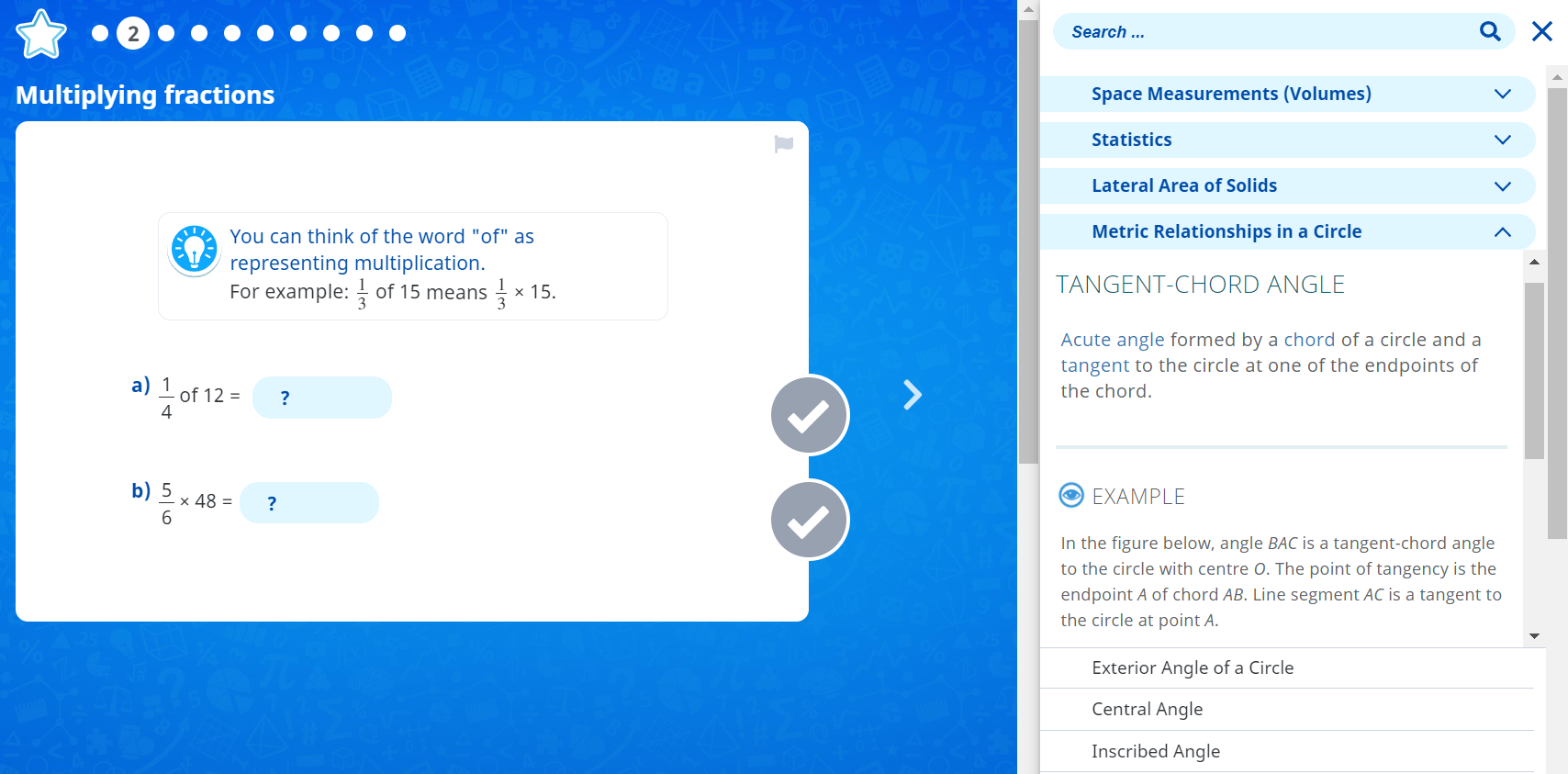From the Schoolbag to the Tablet, the Benefits of Digital Learning

Martin arrives for math class. He takes out his pencil case from his bag, and from his pencil case, he takes out a pencil, an eraser, crayons, a felt, a ruler, a protractor, a setsquare, a compass and a calculator. He goes to the page of the exercise in his book. He does not remember what a “salient angle” is. He turns the pages of the exercise book to find the definition in the glossary.
He returns to the page of the exercise. He still does not understand how to solve the problem. He again looks through the pages of his book to see an explanation of the process. Then he tries… on the paper copies of the exercise page so as not to write in the book and damage it. He is wrong. He begins to erase his answer to start again, but he realizes that he has written in pen…
A story that sounds familiar to you? For us too! While developing Netmath, we made sure that students and teachers save time by giving them the possibility to do all that from a single activity page. For this, we created a certain number of tools directly accessible, without leaving the current activity.
In addition to lightening the schoolbag, these tools available to students are designed to help them learn and develop their autonomy.
Here’s a quick overview of Netmath’s smart tools.
The tool box


At the top of the screen, the toolbar includes:
- Pencil with eraser and its variants
- The Calculator
- Formulas glossary
- The speaker
Students can interact with these tools without leaving their current activity.
The visual glossary
The visual glossary is an essential tool for students and also very useful for parents when doing homework. They can refer to it at any time to gain a better understanding of a mathematical formula. Each formula, explained and illustrated, is accompanied by an example that will help them solve the problem.

The speaker
A student in your class has reading difficulties? You should know that all the activity texts are available in audio playback to overcome this difficulty. Speech synthesis reads the sentence word by word. The sentence being read aloud is highlighted in yellow. The student may, at their own pace, select to pause or resume the playback or pass over a section.

Examples and detailed solutions
Before tackling the problem solving or after a first attempt, students can get help by showing an example. When they are mistaken, they also have access to a detailed solution, explaining the process to get a correct answer. They can then try the activity again with new data, as many times as necessary. The important thing is not that they get the exact answer, but that they understand, at their own pace, how to get to the solution. Everything is designed for students to feel comfortable in the learning environment offered by Netmath and for them to not be afraid to be wrong. Everyone can progress at their own pace.


